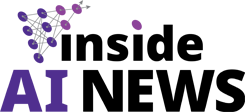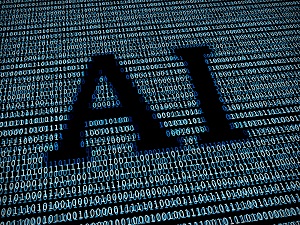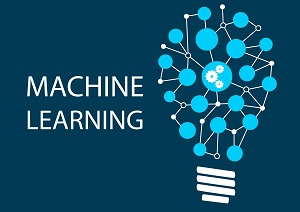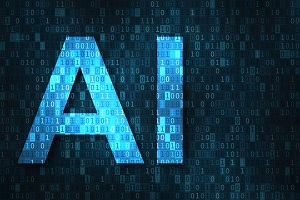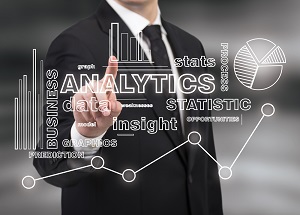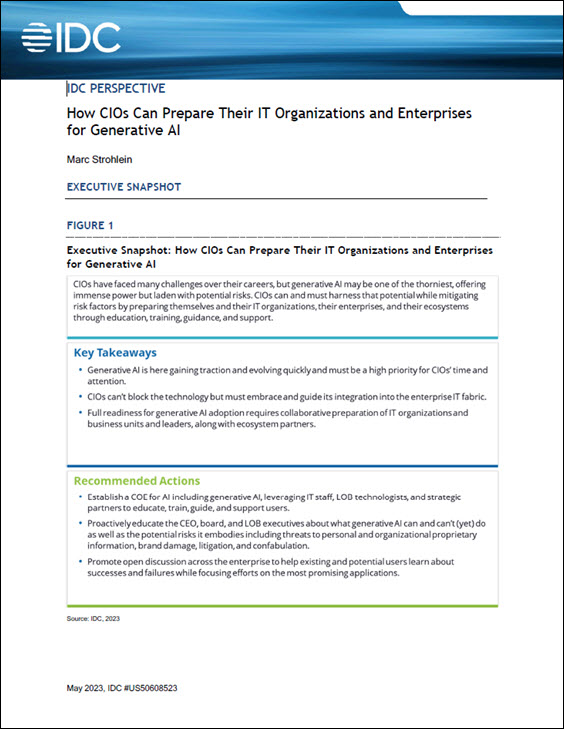Fraym is using artificial intelligence and machine learning to help aid organizations in Africa and South Asia identify populations at risk due to Covid-19 using new geospatial visualizations.
COVID-19: The Great Artificial Intelligence Accelerator
In this contributed article, Ramayya Krishnan, Ph.D., the W. W. Cooper and Ruth F. Cooper Professor of Management Science and Information Systems at Heinz College and the Department of Engineering and Public Policy at Carnegie Mellon University, discusses how history shows, COVID-19 is likely to further reinforce the profound impact technology and AI have on our daily life. As long as we can collectively prepare for and embrace this reality – all indicators point to a promising future.
A Computational Analysis of Constitutional Polarization
A new paper, “A Computational Analysis of Constitutional Polarization” by Columbia Law School’s David Pozen and Eric Talley found that the U.S. Constitution has come to enable, or even exacerbate, partisan strife. The researchers recently examined the evolution of constitutional rhetoric on the floor of Congress from 1873 to 2016.
How Compliance Officers Can Get Some Much-Needed Rest
In this special guest feature, Peter Duthie, Co-CEO and Chief Architect for Ground Labs, discusses how to address data security at the c-suite level and why data discovery initiatives are the best way to combat security challenges and remain compliant.
How AI Is Being Used to Assist U.S. Veterans
In this contributed article, tech blogger Caleb Danziger outlines how AI can be used in every sector, including in the government and even Veterans Affairs, or the VA. With the limitless uses of AI, the United States VA is turning it into a tool to help the country’s veterans in many different ways. The VA didn’t have to change how AI worked to make it useful though. Instead, they embraced the AI we use in our everyday lives and shaped it into something a little more specific.
RPI Student Team Phase 1 Winner for Data Visualization Competition with “Mortality Minder” App
An app created by Rensselaer Polytechnic Institute students that identifies social conditions contributing to declining life expectancy at a community level is a Phase 1 winner in a data visualization competition sponsored by the U.S. Department of Health and Human Services.
Addressing Governmental Challenges when Engaging AI, ML and Data Analytics
Gartner recently stated that all industries and levels of government agree the top three game-changing technologies today are AI/machine learning, data analytics/predictive analytics and cloud technologies. However, there are some primary sticking points when it comes to innovation in these areas. Government organizations continue to encounter challenges when trying to pursue these initiatives due to complex security and compliance requirements, poor scalability of legacy IT infrastructure, and perceived risks associated with cloud and IT modernization efforts. How can these challenges be addressed?
Elected Leaders Need Operations Research and Analytics to Deliver Better Results from Enhanced Data Availability
In this contributed article, Nicholas G. Hall, the 2018 president of INFORMS and Fisher College of Business Distinguished Professor at The Ohio State University, suggests that with midterm elections behind us and the 116th United States Congress ahead of us, Washington has a unique opportunity to advance operations research (O.R.) and analytics as a priority to enhance how the federal government implements public policies, makes critical decisions, and conducts its day-to-day operations. What could be more important for our elected leaders than using the best data and insights to make a positive difference for the American people and to strengthen our position vis a vis our nation’s allies and enemies?
From “Lake” to Insight: How Federal Agencies Can Get More from Their Big Data Platforms
In this contributed article, Chris Brown, Senior Associate, and David Cunningham of Principal, Booz Allen Hamilton, suggests that overcoming data lake obstacles involves a combination of processes, culture, and appropriate technology choices. By employing modern data management platforms and best practices from the outset, agencies can start flipping the 80-20 rule of data science—and start putting the valuable information they collect to work for their missions.
Deep Threat Analysis: Going Beyond the Obvious to Improve Border Security
In this special guest feature, John Kendall, Director of the Border and National Security Program for the global public sector practice at Unisys, discusses how border security experts around the world can improve their threat analysis with new AI and machine learning tools. A new approach, known as “deep threat analysis,” uses predictive analytics to examine the complex web of relationships and actions surrounding a traveler or shipment crossing a border.
